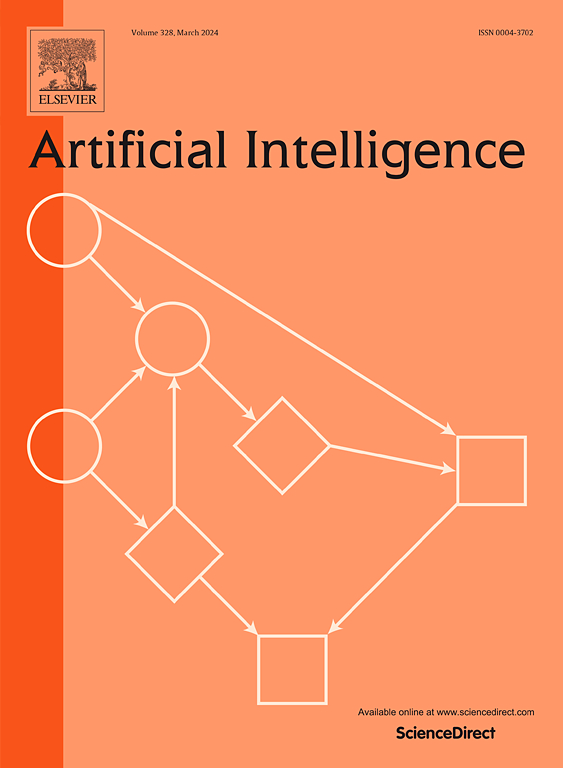一个简单而有效的变压器模型自消偏框架
IF 4.6
2区 计算机科学
Q1 COMPUTER SCIENCE, ARTIFICIAL INTELLIGENCE
引用次数: 0
摘要
当前基于transformer的自然语言理解(NLU)模型严重依赖于数据集偏差,而无法处理现实世界的out- distribution (OOD)实例。已经提出了许多方法来处理这个问题,但是它们忽略了一个事实,即在基于transformer的NLU模型的不同层中学习到的特征是不同的。在本文中,我们首先进行了初步的研究,得到了两个结论:1)低层和高层句子表示在训练过程中都编码了共同的偏见特征;2)低层句子表示编码的无偏特征比高层句子表示编码的无偏特征少。基于这些结论,我们提出了一个简单而有效的基于变压器的NLU模型自除偏框架。具体来说,我们首先在选定的低层上堆叠一个分类器。然后,我们引入一个残差连接,将低层句子表示提供给顶层分类器。通过这种方式,将训练顶层句子表示来忽略底层句子表示编码的常见偏置特征,而专注于与任务相关的无偏置特征。在推理过程中,我们去除残差连接,直接使用顶层句子表示进行预测。大量的实验和对NLU任务的深入分析证明了我们的框架的优越性,在三个OOD测试集上实现了新的最先进的(SOTA)。本文章由计算机程序翻译,如有差异,请以英文原文为准。
A simple yet effective self-debiasing framework for transformer models
Current Transformer-based natural language understanding (NLU) models heavily rely on dataset biases, while failing to handle real-world out-of-distribution (OOD) instances. Many methods have been proposed to deal with this issue, but they ignore the fact that the features learned in different layers of Transformer-based NLU models are different. In this paper, we first conduct preliminary studies to obtain two conclusions: 1) both low- and high-layer sentence representations encode common biased features during training; 2) the low-layer sentence representations encode fewer unbiased features than the high-layer ones. Based on these conclusions, we propose a simple yet effective self-debiasing framework for Transformer-based NLU models. Concretely, we first stack a classifier on a selected low layer. Then, we introduce a residual connection that feeds the low-layer sentence representation to the top-layer classifier. In this way, the top-layer sentence representation will be trained to ignore the common biased features encoded by the low-layer sentence representation and focus on task-relevant unbiased features. During inference, we remove the residual connection and directly use the top-layer sentence representation to make predictions. Extensive experiments and in-depth analyses on NLU tasks demonstrate the superiority of our framework, achieving a new state-of-the-art (SOTA) on three OOD test sets.
求助全文
通过发布文献求助,成功后即可免费获取论文全文。
去求助
来源期刊

Artificial Intelligence
工程技术-计算机:人工智能
CiteScore
11.20
自引率
1.40%
发文量
118
审稿时长
8 months
期刊介绍:
The Journal of Artificial Intelligence (AIJ) welcomes papers covering a broad spectrum of AI topics, including cognition, automated reasoning, computer vision, machine learning, and more. Papers should demonstrate advancements in AI and propose innovative approaches to AI problems. Additionally, the journal accepts papers describing AI applications, focusing on how new methods enhance performance rather than reiterating conventional approaches. In addition to regular papers, AIJ also accepts Research Notes, Research Field Reviews, Position Papers, Book Reviews, and summary papers on AI challenges and competitions.
 求助内容:
求助内容: 应助结果提醒方式:
应助结果提醒方式:


